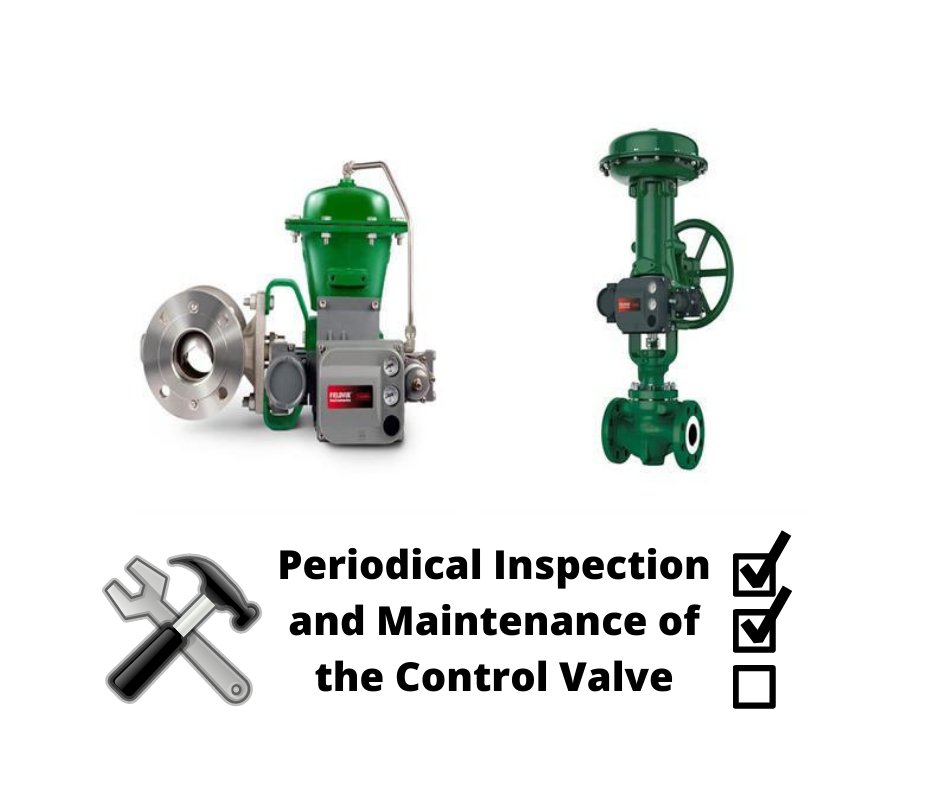How to Do the Periodical Inspection and Maintenance of the Control Valve?
Brian Craig
July 19, 2021
How Do You Maintain a Control Valve?
When someone asks, “How do you maintain a control valve?” the answer is the inspection and repairs. However, many operators consider control valve inspection and repairs only after it is damaged or stops working. Damage to control valves can be prevented by adopting the preventive maintenance of control valves.
Control Valve Preventive Maintenance Inspections/Tests
Here are a few tests run under control valve preventive maintenance so that future scope of failure can be foreseen and prevented.
- Closure Test/Valve Leakage Test: Closure test or valve leakage test is the inspection done for checking any leakages in valve gateways. Generally, this test is performed under full flow conditions. The valve gateways are shut and it is expected to have zero percent leakage of fluids. If any leakage is noticed, it indicates that there has been wear and tear or dimensional changes at the valve gateways.
- Stroke Test: This is the test used for ensuring the operability of the valve unit in harsh environmental conditions. It can be timed or random, however, a valve operating at full flow conditions is exposed to solenoid strokes and further is inspected visually during operations.
- Auxiliary Piping System Inspection: The control valves are connected to auxiliary piping systems. Therefore, the condition of piping directly impacts the performance of the control valve. That is why periodic inspection and maintenance of auxiliary piping are essential. This can include the following activities.
- Inspecting pipe walls for scaling, rusting, and wall cracks
- Inspecting pipe bends for pressure damage
- Check for bending, bowing, or suction traces in the pipelines
- Inspect all the fittings for any loose connections

Once all the above-mentioned inspections are done, a few additional factors should be inspected. Generally, the control valve preventive maintenance guide includes continuous or periodic inspection of several components of the flow control valve. Here are a few factors that need to be inspected in order to prevent damage to the control valve.
- Condition of the valve stem and stem nut connector
- Actuator shaft alignment
- Electrical connections
- Expected and operating pressure range
- Assembly structure
- Air or liquid leakage through flange joints, bonnets, pressure boundaries, etc.
Along with all these preventive measures, the quality of the control valves or flow transmitters is an essential preventive measure. Having high-quality valves ultimately reduces the chances of damage. That is why you should source high-quality flow transmitters and control valves from trusted suppliers like The Transmitter Shop. The company offers industrial equipment for industries like chemical, pharmaceutical, marine, and many more.
Related Posts
- Causes & Solutions of Annoying Noise from Control Valves
- Understanding Industrial Control Valves and their Types
- All Important Questions on Control Valves Answered
- 3 Common Control Valve Maintenance Practices
- Know Everything About the Benefits, Applications, Types, and Automation of Control Valves
- How to Select the Right Control Valve for Your Process?
- Calibration of Control Valve Positioner: The Process Discussed
- Control Valve Actuators: Different Types and Failure Modes Discussed
- Calibration Guide for Fisher 3582 Pneumatic Positioner
- How to Do the Periodical Inspection and Maintenance of the Control Valve?
- Temperature Control Valve – Definition and Working Principle
- Reasons to Choose Remanufactured Instrumentation and Control Valves
- Single Acting vs. Double Acting Positioners: Pros and Cons
- Flow Measurement Challenges in Subsea Operations
- Pressure Sensing Sensor Modes of Measurement Key Differences and Benefits
- Electromagnetic Flow Sensors for Abrasive and Corrosive Fluids
- Mass Flow Meters and Their Working Principles
- Best Explosion Proof Switches for Hazardous Environments
- Best Explosion Proof Switches for Hazardous Environments
- Furnace Flame Sensor Faults Everything You Need to Know for Safe Operation
- Pneumatic Pressure Controllers: A Safe Choice for Hazardous Areas
- A Practical Guide to Vacuum Measurement and Operation
- Understanding Electrochemical Detection: Principles, Techniques and Environmental Application
QUICK ENQUIRY







